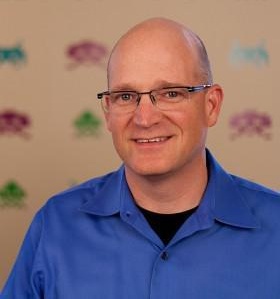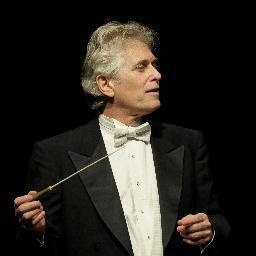3 burning questions inspired by Masie’s Learning 2015


“Leave this conference with questions not answers,” urged Elliott Masie, as the curtain fell on his 25th annual extravaganza, Learning 2015.
There was a lot to think about following the event, which explored the changing face of workplace learning in the beautiful setting of Orlando, Florida (Nov 1-4, 2015).
Three questions jumped out for me – none of them are answered easily.
Question 1: How can we make better use of neuroscience to improve workplace learning?
Corporate learning expert, author and Learning Now TV presenter, Nigel Paine banged the drum for evidence-based learning in a conference talk inspired by his new book, The Learning Challenge.

He picked out neuroscience as one of the big themes facing learning along with big data and technology. Paine went on to focus on neuroscience and some of the myths prevalent among learning professionals. He highlighted some of his favourite fictions:
- Left handed people are more creative
- We only use 10% of our brains
- People learn better when they are taught in their preferred learning style
- Brain cells are dying as we get older
- Women have more balanced brains than men
How many did you think were true? Don’t worry, you’re not alone.
Thankfully, Paine also covered some the things that we actually know about the brain and learning.
He explained how emotional engagement is important; learning is more effective when people care. And he highlighted the positive link between physical activity and better brain performance with remarkable footage of a brain scan before and after exercise - food for thought in our increasingly sedentary workplaces!
Paine’s point is that we need to change traditional views on workplace learning by using neuroscientific research to inform and improve learning design.
Question 2: How can gamification and game elements be used more effectively in learning?

One of the conference speakers I really wanted to catch was gamification expert, Professor Karl Kapp of Bloomsburg University. He has a particularly clear and understandable way of explaining how games can be used in learning.
Kapp breaks down gamification into two types; structural and content.
He describes structural gamification as the application of game elements with no alteration or changes to content. This might be through points, levels, badges, timed exercises and leader boards.
On the other hand, Kapp’s definition of content gamification is the application of game elements with alteration or changes to the content. This could be through the use of a story, challenge or mystery.
Kapp went on to share with delegates some more of his observations about games and gamification and their relationship to learning. These included:
- Failure - allowing people to get things wrong and try again is a key mechanism for helping people to learn.
- Rewards - making a game reward too large could be counterproductive if the learner is more preoccupied with the reward than the learning.
- Leaderboards – they work best when learners have a realistic chance of getting on the leaderboard. If they can’t hope to win it will act as a disincentive.
- Testing - pilot testing of gamification elements is important to make sure the game elements work as expected.
After his talk, Professor Kapp also shared with me some advice for instructional designers. “Practice playing games if you want to be successful at game design for learning,” he urged.
Question 3: How can we make leadership training more effective?
Maestro Roger Nierenberg conducted the Orlando Philharmonic Orchestra as part of his demonstration on leadership and organisational dynamics.
It was fascinating to see such a powerful visual demonstration of the impact of leadership; in this case the conductor leading the orchestra.
Nierenberg showed how his behaviour directly affected the performance of the orchestra.

At one point, he conducted without looking up, focused inward on what he was doing rather than connecting with his team of musicians.
The result was instantaneous as the orchestra struggled to pick up his instructions and lost confidence.
Nierenberg made several important points about leadership, including:
- Share the big picture with everyone
- Listen, hear and anticipate
- Build a culture of trust that is agile and keeps changing
- Connectedness is important
- As a leader, be careful not to get caught up in your own work and not connect with your employees
- Bringing the best out in individuals helps to make a great team
In summary, my three burning questions from Learning 2015 are:
- How can we make better use of neuroscience to improve workplace learning?
- How can gamification and game elements be used more effectively in learning?
- How can we make leadership training more effective?
What’s your burning question about learning?
Author: Louise Pasterfield, Managing Director, Sponge
